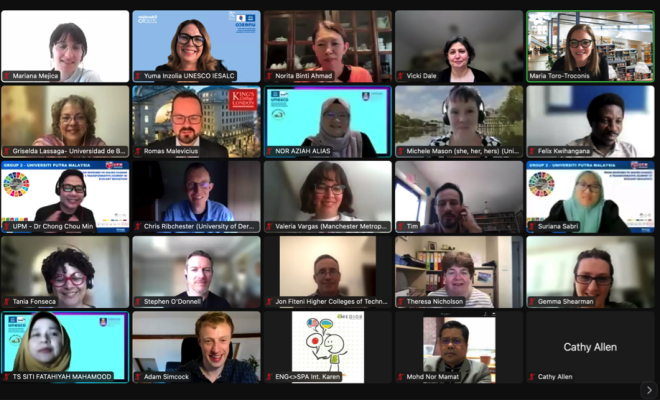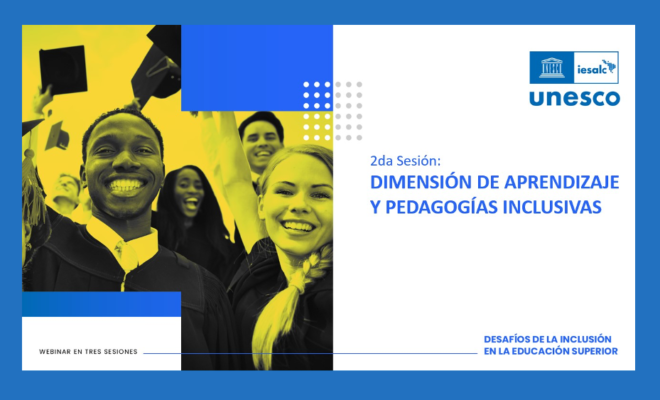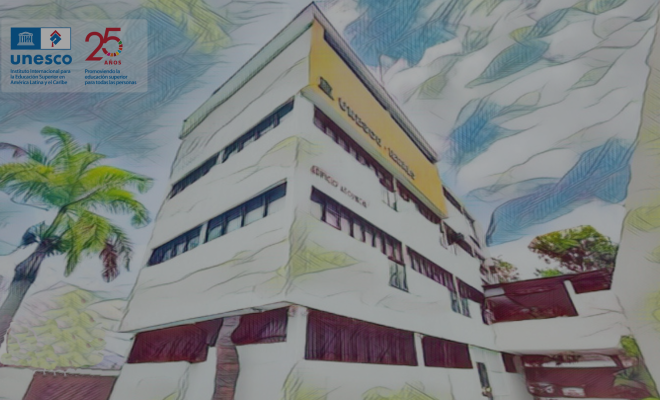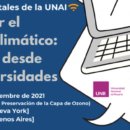ESS Journal addresses digital transformation in higher education

The thematic dossier of this new edition of the journal Educación Superior y Sociedad (ESS) entitled “Higher education in the digital era” states that, in the expanding horizon of higher education in the region, digital transformation is not only a tool but a path towards a more inclusive, diverse and accessible education for all.
The COVID-19 pandemic accelerated the adoption of new teaching and learning modalities, such as distance education and blended learning. These new modalities offer opportunities for more inclusive, diverse, and accessible education for all. The volume analyzes how new modalities are changing the way teaching and learning take place, and explores the potential of digital transformation to improve access to higher education.
This edition has a total of 22 articles written by 40 authors (27 women and 13 men), all academics and researchers from different higher education institutions (HEIs), from 7 countries in Latin America and the Caribbean (Argentina, Colombia, Ecuador, Honduras, Mexico, Peru and Uruguay) and 2 from other regions (Spain and Russia).
As is the practice of the SSE, the articles were peer-reviewed under the double-blind system. Eighty-five reviewers from HEIs and research centers in 14 countries participated in this process: Argentina, Brazil, Chile, Colombia, Cuba, Ecuador, Honduras, Mexico, Paraguay, Peru, Puerto Rico, Uruguay, Venezuela and Spain.
The dossier was edited by Marisa Álvarez, from the Universidad de Tres de Febrero in Argentina, and Pedro Prieto, from the Universidad del Valle in Colombia, as guest editors. They presented 10 articles produced by 20 authors (15 women and 5 men) from different institutions of higher education.
For the third consecutive time, ESS includes an article written by academics who speak one of the native languages of Latin America and the Caribbean, and in this case, a work written by a Mexican researcher in the Nahuatl language has been published with a Spanish translation.
We invite you to immerse yourself in the pages of this issue, as they not only inform, but also inspire you to imagine and build a brighter and more connected educational future.
RELATED ITEMS








